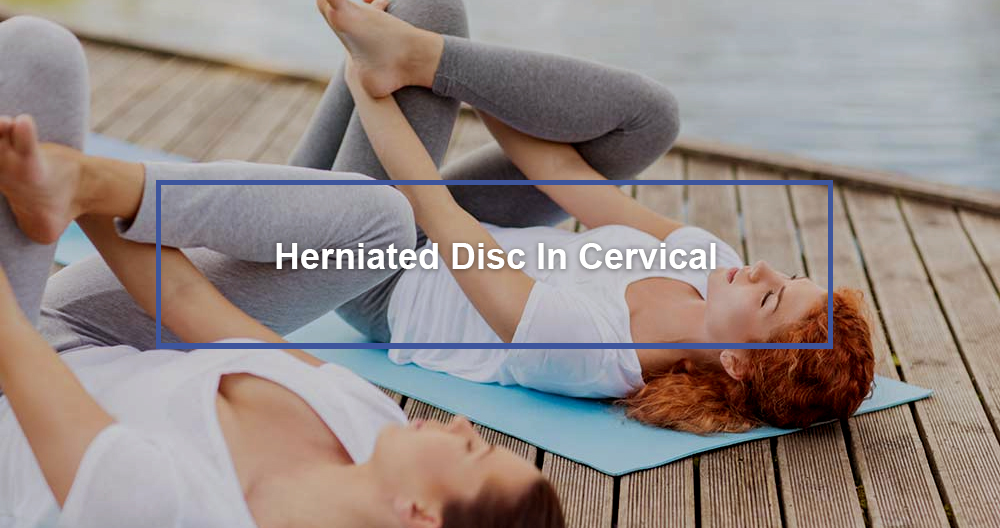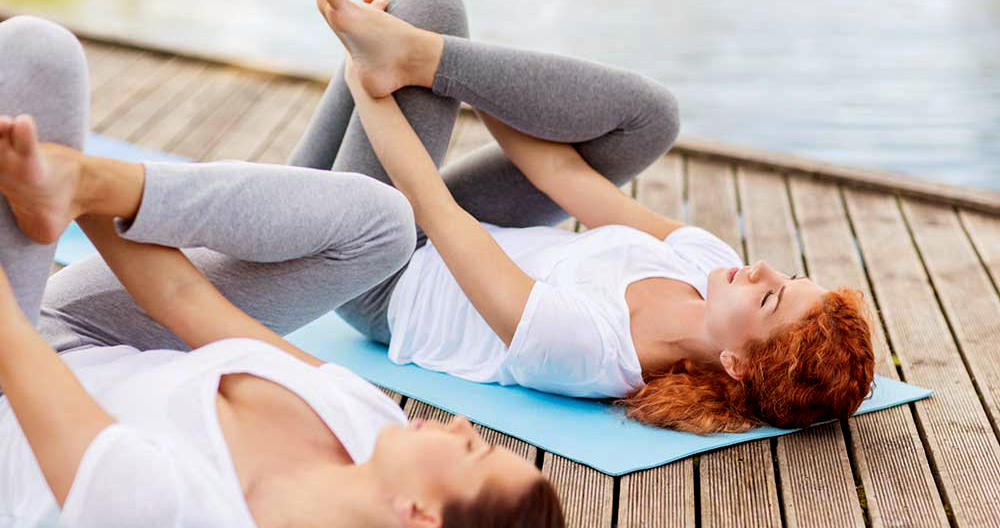
Yoga can improve your health and reduce pain. Yoga increases awareness and strengthens your body. A herniated disc can be a serious injury. Before you attempt any pose, make sure to follow the advice of a qualified instructor. Find out more about herniated discs and yoga, including how yoga can help to reduce pain and which poses work best.
Yoga Can Help a Herniated Disc
Yoga is slow and controlled movement. It involves gentle stretching, strengthening, and a lot of breathing. This improves posture and core strength. This can be used to relieve lower back pain from a herniated or ruptured disc, and prevent injury in the future.
Yoga poses that focus on the lower back may reduce pain due to a herniated disc. This will increase blood flow, and speed up the healing process. Yoga practice can help increase awareness and understanding of the body.
To treat a herniated disc, yoga can be used.
- Strengthening your core strength
- Better posture and alignment
- Promotes body awareness
- Reduces muscle tension
The Best Yoga Poses
Yoga is a great way to help back pain from a herniated disc. Tadasana or Mountain pose is a great method to connect with your inner Self. Your feet should be touching the yoga mat. Your hands should rest at your sides, and your eyes should be on the object in front. Your core muscles must be engaged, and your posture must be maintained. This will prepare your body for slip discs.
Take your time, and practice these recommended poses slowly. If you don’t know the sequences, ask a yoga instructor.
Cat and Cow
The Cat-and-Cow yoga position opens the spine and allows spinal fluids to freely circulate around the spinal canal. This is how this yoga position can be performed:
- Begin by lying down on your back on the yoga mat.
- Your shoulders should reach above your wrists. Your knees should touch your hips.
- Inhale deeply and then move into Cow Pose. Drop your stomach to the ground, raise your tailbone to the ceiling, and inhale.
- Breathe in and pull your stomach in. Then, raise your navel towards your spine.
You will get the best results if you slowly increase your strength to be able to perform this sequence many times.
Locust
Locust pose strengthens your lower back, while simultaneously opening your chest. Slow and carefully control your back extension in order to get the best results.
- Place your hands on your stomach, and face the ceiling.
- Inhale, and then lift your head off of the mat. Lift your chest, arms, legs, and back off the ground.
- Your legs should be straight, and your feet should be together. Keep your hands a little higher than the ground.
- If you find the pose too difficult, lift your leg off the floor and place it on top of the other. Continue the motion with your second leg.
Hold this pose for a few deep breaths.
Cobra
Bhujangasana or Cobra pose is very similar to the Locust position. This position requires that your hands and feet are on the ground.
- Place your hands on either side, on the mat, and place your stomach on the ground.
- Place your feet on a mat. Now, place your elbows on the mat and bring your shoulders to each other.
- Breathe in and raise your hands above the ground.
- Relax your shoulders and leave plenty of room between your ears.
Do not raise your chest too high as you learn Cobra. You will slowly increase your strength, flexibility, distance and speed.
Dogs facing downward
This yoga pose is great to relax your spine. This yoga pose strengthens your upper body, and helps you stretch your hamstrings. This is how you can face your dog downward.
- Place your hands flattened on the mat, one side.
- You can push up on your all fours and not have to move your hands.
- To make a transition from a downward-facing dog, place your toes under your feet and raise your hips up to the ceiling.
- Place your hands on a mat and straighten your legs. Many yogis struggle to get their heels down on the mat.
- Place your fingers so that they spread out, and your elbows should be straight.
- To release the pose, lower the knees towards the mat.
Slowly and deeply inhale this pose. To achieve a deeper stretch raise your hips toward the ceiling.
This video will show how to add a resistance strap to help strengthen the pose. The resistance band should be wrapped around the legs about mid-calf. Keep tension in the resistance band by gently lifting one leg and pulsing it with the other. Continue on to the next leg.
Triangle Pose
Trikonasana or Triangle pose is a stretchy back posture that strengthens your legs. Continue reading for more information.
- Place your feet on a yoga pad wider than your hips.
- Straighten your elbows by raising your arms straight above your sides.
- Your forward foot should be 90 degrees in order to face the mat. To face your mat, turn your forward foot 90deg.
- Your hands should be on your front legs. Now, lean forward. A yoga block is a good option if your feet are not reachable.
- Maintain straight arms and look upwards towards the ceiling.
- Take a few deep, slow breaths to bring your body back to its initial position.
By adding wrist weights, you can increase the strength of this movement.
Camel Pose
This pose will improve flexibility in your upper spine, lumbar spine and upper back.
- Place your knees on a piece of mat and place your toes on it. Keep your hips apart.
- Place your palms down on the lower back.
- Slowly move your hips towards the ceiling by inhaling. Keep looking up.
- Take a deep, slow breath. Next, exhale. Keep doing this until you feel more comfortable and your back is deeper.
- Once you feel confident with the stretch, you may transition to full Camel position.
- After you’ve repositioned your hips in the correct position, move your hips forward with your hands.
- Reach out your arms to the side and stretch your back.
- Breathe deeply and slowly lift your head.
Yoga Poses to Avoid
For sciatica and back pain from bulging discs, yoga poses may be helpful. You should avoid certain poses. Avoid any movements or poses that are too rounded or require a forward bend. These poses can cause pain, numbness, and tingling.
This is the list you should avoid if your back hurts from disc herniation.
- The pose of a child
- Sage’s pose
- Standing forward bend
- Start from the top of your head to your knees
- Wide angle forward bend
- Big toe pose
Here are some tips for safe yoga
When you are doing yoga therapy for a back problem, it is important to be cautious. Each sequence should always be taken slowly and carefully. Before you begin, consult your doctor. Ask your doctor what movements should be avoided. Continue reading to learn more about yoga safety.
- Start your yoga practice slowly.
- Stop feeling pain or numbness.
- Avoid bending forward. This can cause nerve damage or pinching.
- Be sure to find a yoga instructor that is experienced in treating back injuries.
- Straighten your legs and don’t bend forward.
- You will get the best results if you do yoga regularly
You can practice yoga mindfully
Yoga can be a wonderful addition to treatment for herniated discs. It’s non-medicinal, low-cost and can improve your overall well-being. Talk to your doctor about your symptoms. Make sure that you aren’t putting your health at danger. If left untreated, a herniated disc could lead to severe injury.

